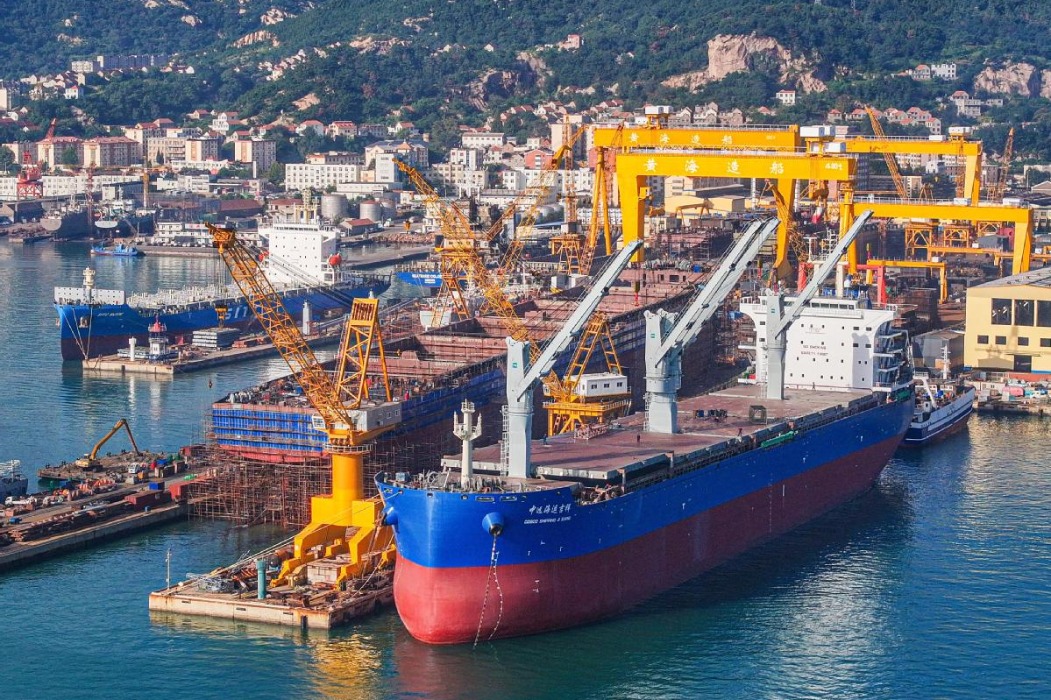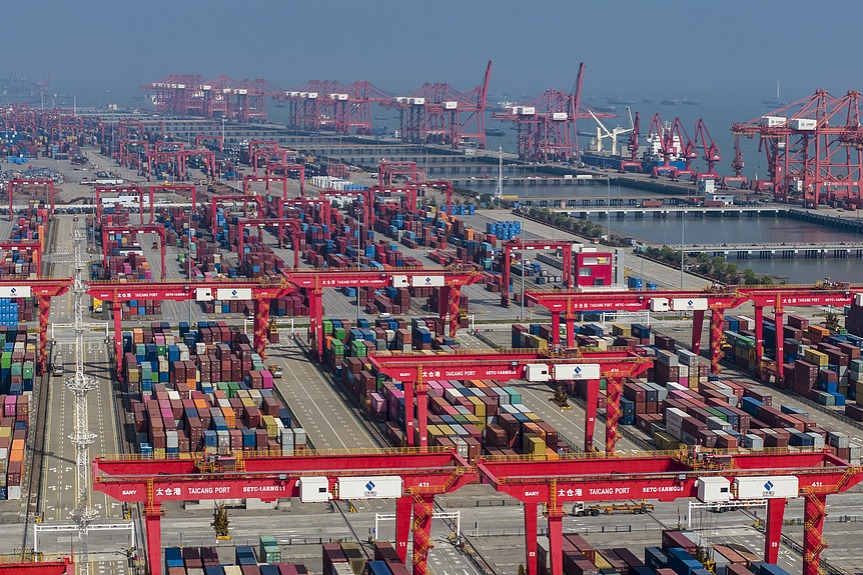Advance RCEP to counter US trade war


There are three ways to look at the United States challenging the global free trade order with its "tariff stick".
According to a World Trade Organization report, countries joining the WTO led to an average 140 percent increase in trade with members and raised economic growth rates by 1.5 percentage points.
By 2035, the Regional Comprehensive Economic Partnership is expected to boost the ASEAN's GDP growth by 4.47 percentage points.
With US-led economic globalization reaching its "demise", the RCEP should be steadfastly advanced to counter the US' trade war.
It should be noted that RCEP is a very dynamic free trade area.
As the world's largest FTA, the RCEP accounts for one-third of the world's total economic output, trade value, population, and foreign investment. From 2010 to 2023, the average annual GDP growth rate of RCEP members reached 4.5 percent, outpacing the global average by 1.7 percentage points.
As a key regional driver, from 2016 to 2023, the total trade-to-GDP ratio of ASEAN nations increased from 84 percent to 93 percent. This demonstrates that maintaining a stable free trade order is decisive for the growth of ASEAN and RCEP economies. According to International Monetary Fund projections, from 2023 to 2029, the region's GDP will expand by $10.9 trillion.
The RCEP also plays the role of critical lever. Be it the Biden administration's "Indo-Pacific" Economic Framework that lacks tariff concessions and market access provisions or the Trump administration's "America First" approach and "reciprocal tariffs", both represent protectionist and exclusionary policies. As the US makes its market increasingly inaccessible, it becomes imperative to make good use of the RCEP's big unified market.
In 2023, ASEAN's exports to China accounted for 15.8 percent of its total exports — 1 percentage point higher than its exports to the US. Additionally, ASEAN has been China's largest agricultural trade partner since 2017. Leveraging the China-ASEAN FTA 3.0's superior trade facilitation measures will build integrated supply chains.
China, Japan, and the Republic of Korea collectively account for over 80 percent of the RCEP's total economic output.
The OECD data reveal that the ROK's Services Trade Restrictiveness Index is 80 percent higher than the OECD average, while Japan's STRI is roughly double that of major developed economies. Doubling the level of service trade among the three nations could unlock at least $1.4 trillion in new market opportunities, exceeding the current total value of RCEP members' goods exports to the US.
By 2035, China's producer service sector is projected to grow from its current 30 percent of GDP to 50-60 percent. Meanwhile, the share of trade in services in China's total foreign trade is likely to increase from 14.6 percent today to over 20 percent. From now until 2030, China's cumulative imports from developing countries (including ASEAN) are anticipated to exceed $8 trillion, replacing the US as the region's new consumption hub. It is essential to effectively leverage ASEAN's pivotal role as the center of RCEP. This requires expanding RCEP's membership. For instance, 70 percent of Hong Kong's investment and trade activities occur within the RCEP region. Hong Kong's accession to RCEP would drive comprehensive development.
Recently, Malaysian Prime Minister Anwar Ibrahim announced that a trilateral summit involving China, ASEAN, and the Gulf Cooperation Council will be held by the end of May to discuss economic and trade cooperation. Advancing economic and trade cooperation with the Shanghai Cooperation Organization will also be important. Therefore, the regional economies should jointly build the RCEP to a higher level.
The transition period for "zero tariffs" on critical raw materials and key components should be shortened. Also facilitate the shift from "country-specific tariff concessions" to "unified tariff concessions "among key supply chain nations.
It is necessary to coordinate and expedite the review of relevant provisions in the RCEP's chapter on rules of origin, advancing the transition from "partial cumulation" to "full cumulation".
The average STRI of RCEP members has decreased from 0.29 in 2021 to 0.27 in 2024, but is still higher than the global average of 0.19. It is recommended to promote the transition from "positive lists" to "negative lists" for services trade among RCEP members.
Asia's share of global digital services trade exports touched 27.37 percent in 2023. It is estimated that by 2030, facilitated by Digital Economy Framework Agreement, the size of ASEAN's digital economy will exceed $1 trillion. Efforts should be made to jointly establish cross-border "Digital Free Trade Zones" and "Digital Economy Cooperation Parks".
Countries must support the ASEAN Secretariat in monitoring and coordinating RCEP's operations; and establishing a dedicated RCEP Dispute Settlement Committee. Also in establishing an RCEP Secretariat at an appropriate time.
The author is president, China Institute for Reform and Development (CIRD). The views don't necessarily represent those of China Daily.
If you have a specific expertise, or would like to share your thought about our stories, then send us your writings at [email protected], and [email protected].


































